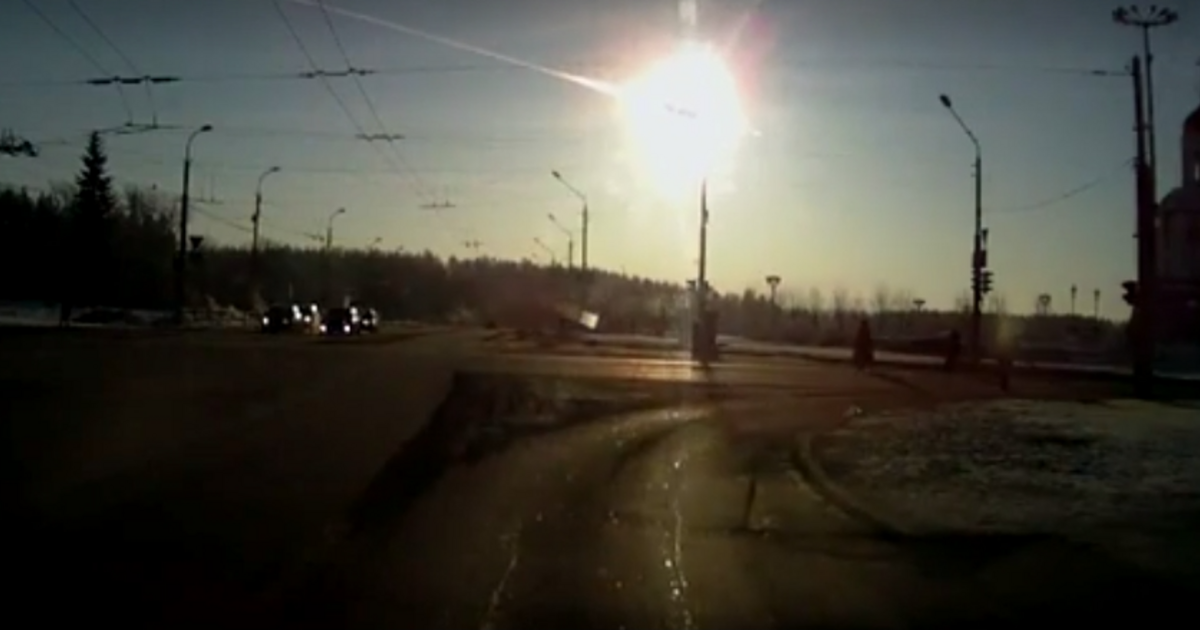An asteroid the size of a refrigerator had just escaped from Earth, splitting it three thousand kilometers above Antarctica on October 24. It has come very close to orbiting the Earth (35 thousand kilometers, geostationary orbit) communications satellites, which yesterday announced Life Science.
The space rock named 2021 UA1 is the third closest asteroid (ever recorded) in the line. His companion called 2020 QG came a little closer in August 2020, but his previous record, VT4 last November 2020, raced at the same altitude as the International Space Station, just 400 kilometers above our heads.
The sun blinds us
The event is indeed interesting, but even more so, no one knew about the existence of the current cosmic rock, so no one expected its arrival. Only four hours after he passed, the astonished astronomers saw him. Despite the fact that NASA’s Center for Near-Earth Object Research (CNEOS) constantly surveys asteroids and comets orbiting our cosmic environment, objects that come closer to the direction of the Sun cannot be identified today. So a malicious space rock could surprise us at any time. (Passage 2021 UA’ on this simulation can be seen.)
Had this two-meter stone block reached the atmosphere, it would likely have burned and turned into dust before it reached the ground. Not like the largest recent 15-meter meteorite, many of which are located near the city of Chelyabinsk in the southern part of the Urals. Crashed to the ground in 2013 in February.
His arrival was also a surprise, as the ten-ton orb appeared at a speed of 54,000 kilometers per hour and exploded to pieces about 20 kilometers above the surface, with a massive explosion. One piece of the meteorite that reached Earth left a six-meter crater.
NASA estimates that the energy equivalent of at least two dozen Hiroshima atomic bombs were released when the meteor exploded. The force was so great that buildings shook for several kilometers, windows were shattered, the roof of a 600-square-meter factory collapsed, and cell phones fell silent. Hundreds were injured, some seriously.
To date, about 27,000 NEOs have been identified, of which about 9,800 are at least 140 meters in diameter and 890 kilometres. are constantly monitored; If we were hit by a 300-meter asteroid, it would be as if 65,000 atomic bombs from Hiroshima were dropped on us. A visitor of this size, coming from space, will crash into a crater half a kilometer deep in the Earth.












































